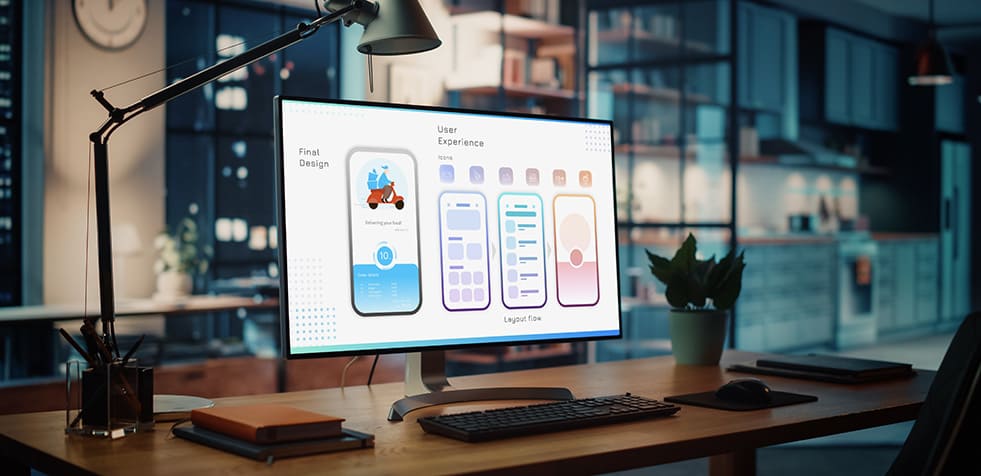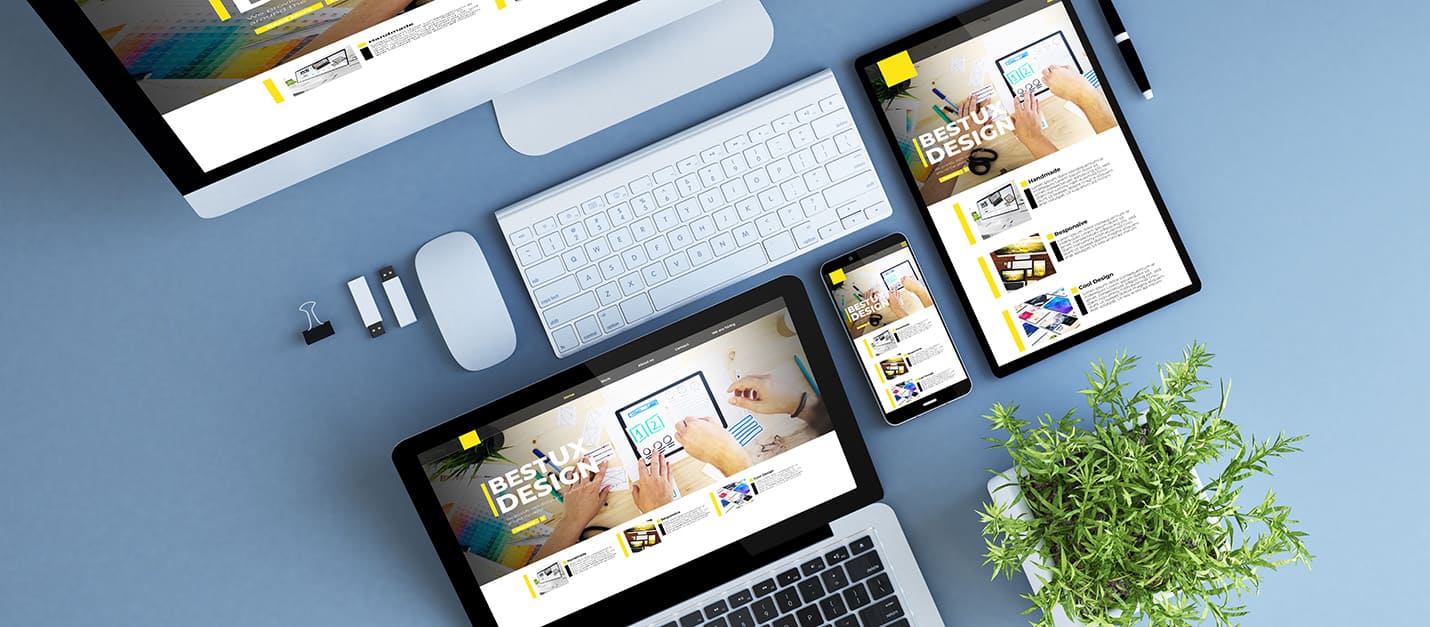Contact Details
sales@thrasker.com (813) 565-9024 10901 Danka Circle North, Suite BSt.Petersburg FL 33704

User experience (UX) is a user's overall experience when
interacting with a website. It encompasses all aspects of the
user's interaction with the website, including the design,
content, functionality, and ease of use. The goal of UX is to
create a positive experience for the user that meets their needs
and encourages them to take action, whether making a purchase,
filling out a form, or simply spending more time on the
website.
Here are some key aspects of UX design:

A website that is easy to navigate allows users to find the information they need quickly and easily. Here are some elements that can make a website easy to navigate:
Usability refers to how easy it is for users to use a website to achieve their goals. A website should be intuitive, with a clear layout and functionality that is easy to understand. Users should be able to find what they are looking for quickly and easily, without having to navigate through multiple pages or menus. Forms and other interactive elements should be easy to use, with clear instructions and feedback.
Visual Design is key:The visual design of a website is also an important aspect of UX. The design should be visually appealing, with a consistent style and color scheme. The color scheme of a website can have a significant impact on its UX. Colors can influence user emotions and affect how they perceive the website. Choosing a color scheme appropriate for the brand and the website's purpose is essential. The color scheme should also be consistent throughout the website, with similar colors used for similar elements. Images and other visual elements should be high-quality and relevant to the content. Typography refers to the use of fonts and text on a website. The typography should be legible and easy to read, with font size and appropriate style for the website's content. The use of white space, line spacing, and paragraph spacing can also impact the readability of the website. The use of typography and white space can also play a role in the overall visual design of a website, making it easy to read and understand.
Don’t let loading speed hold you back:
The loading speed of a website is also an essential aspect of UX.
A website that takes too long to load can frustrate users and lead
them to leave the website. Websites should be optimized for speed,
with images and other assets compressed and code minified to
reduce load times. Websites should also be hosted on reliable
servers with sufficient bandwidth to handle traffic. At Thrasker,
we have multiple designated secure servers, provided by the
largest companies in the game.
In conclusion, UX is a critical aspect of website design. It
encompasses all aspects of the user's experience with the website,
including navigation, usability, visual design, and loading speed.
By creating a positive UX, website owners can improve user
engagement, increase conversions, and ultimately achieve their
goals.